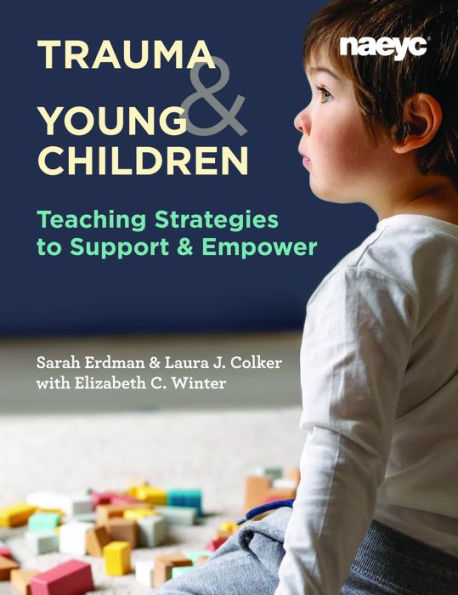Sarah Erdman is an experienced early childhood educator and museum professional in Northern Virginia. Her research and professional practice explore how museums and educators can connect to make meaningful experiences for young children. Sarah teaches at FB Meekins Cooperative Preschool and serves on the board of the Northern Virginia Association for the Education of Young Children. She brings her experience as a mother and educator to all the work she does and is a committed advocate for educators and young children.
She is a graduate of the University of Maine and earned a MAT in Museum Education from The George Washington Universityand an AAS in Early Childhood Development from the Northern Virginia Community College. Sarah founded Cabinet of Curiosities LLC and has served as the early childhood consultant for institutions such as the National Museum of American History, the LBJ Presidential Library and Museum and The Phillips Collection. She is also a skilled trainer working with both early childhood educators and museum professionals.
Sarah was the creator and editor of The Care and Keeping of Museum Professionals, a collection of reflective essays on the state of the museum field. She has also published extensively in NAEYC’s Young Children and Teaching Young Children as well as contributing to publications of the American Alliance of Museums, the National Museum of American History and the National Science Teachers Association.
Laura J. Colker , EdD, is the President of L.J. Colker & Associates in Washington, DC. She is an author, lecturer, and trainer in early childhood education with 40 years of experience. She has written or co-authored over 150 publications and contributed to the development of 45 educational videos and PBS programs. Dr. Colker is most widely known as a co-author of The Creative Curriculum for Preschool, now in its 6th edition. She is also a co-author of The Creative Curriculum for Family Child Care and the first edition of The Creative Curriculum for Infants, Toddlers, and Twos. Her two most recent books are High-Quality Early Childhood Programs: The What, Why, and How and Making Lemonade: Teaching Young Children How to Think Optimistically. Both books are co-authored with Derry Koralek.
For nine years, Colker was a contributing editor to Teaching Young Children, NAEYC’s journal for preschool teachers. She has also been a consultant to Reading Is Fundamental (RIF), The Council for Professional Development, Zero to Three, WestEd, the Head Start Bureau, NACCRA (now Child Care Aware), the University of Minnesota, Sonoma State University, the Los Angeles Unified School District, all of the military services’ child development programs, the Department of Defense Education Activity, and numerous other education-related institutions and organizations.
Elizabeth C. Winter, MD, is a board-certified psychiatrist living in Baltimore, MD. She is a Senior Physician with the Department of Veterans Affairs, Office of the Inspector General and a faculty member of the Johns Hopkins Hospital Department of Psychiatry and Behavioral Sciences. Dr. Winter began her career in private practice, providing medication management and psychotherapy. While in private practice, she became the co-director of the Johns Hopkins Anxiety Disorders Clinic, a tertiary consultation service providing in depth evaluations, formulations, and treatment recommendations. After leaving private practice, Dr. Winter was the medical director of a dual diagnosis facility in Maryland before joining the faculty of University of Maryland as an inpatient hospitalist. She joined the VA OIG in 2018.
Dr. Winter has worked in medical student and resident education for over 10 years at Johns Hopkins and the University of Maryland. In addition to individual mentoring, clerkship lectures, and seminars, Dr. Winter developed a 6-month long curriculum on the diagnosis and management of anxiety disorders for third year psychiatry residents in the subspecialty clinic rotation. She has published extensively in academic journals, book chapters, and articles for the general public on issues related to psychiatry.



